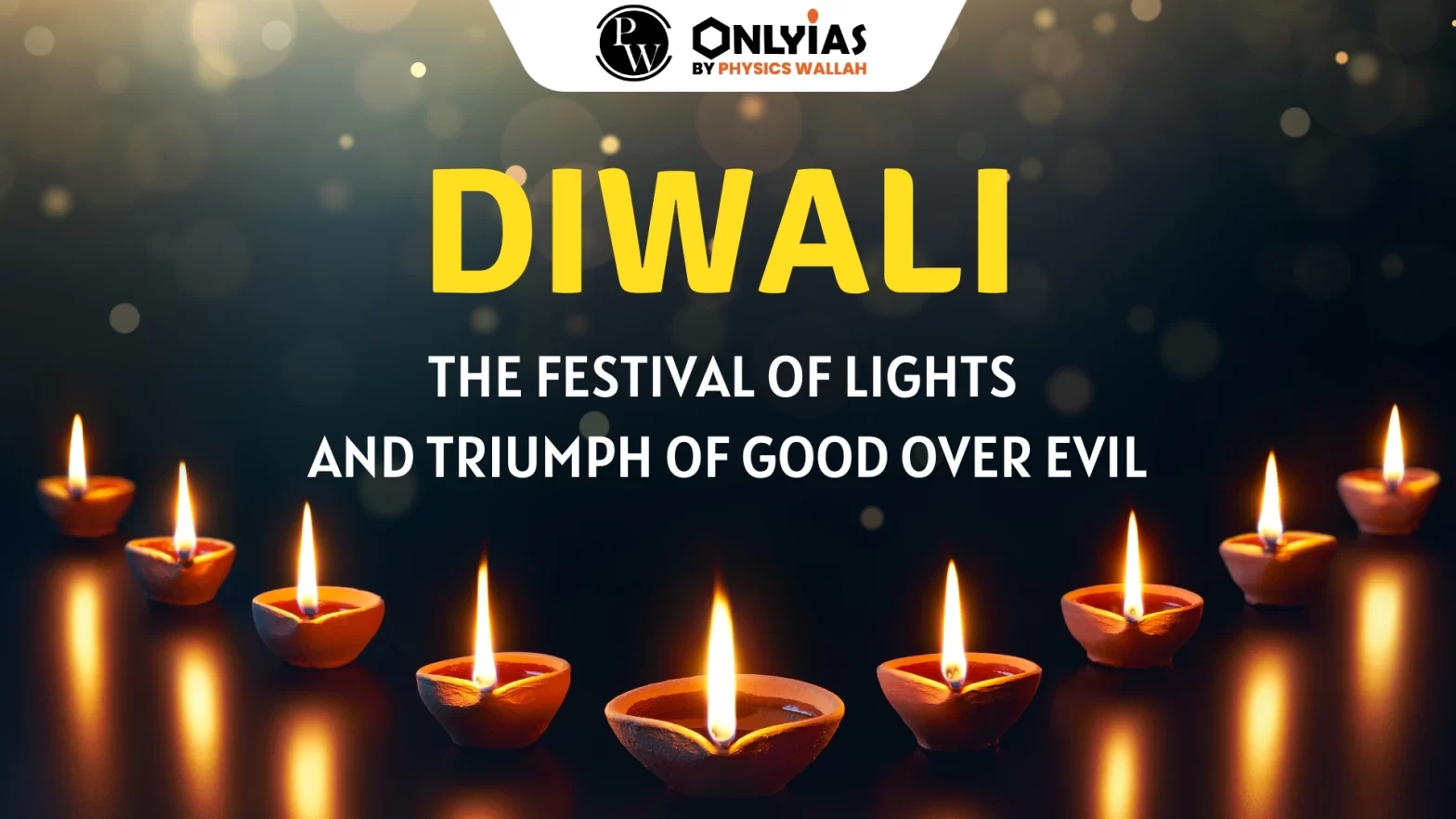Celebrate Diwali 2024 on October 31! Join the festivities with Dhanteras, Lakshmi Puja, and enjoy the joy of light, sweets, and togetherness.

Diwali, also known as the Festival of Lights, is one of the most important Hindu festivals celebrated with joy and togetherness. It signifies the triumph of light over darkness and good over evil, symbolized by lighting oil lamps and sharing sweets with loved ones. This vibrant celebration marks the return of Lord Rama to Ayodhya and honors Goddess Lakshmi, the deity of wealth and prosperity.
Diwali or Deepavali is the Hindu festival of light. It is celebrated in the months of Ashvin and Kartika (mid-October to mid-November).
Diwali, also known as Deepawali, is a significant festival celebrated across India with great enthusiasm. The festivities for Diwali 2024 will begin with Dhanteras on October 29, marking the start of a five-day celebration.
This year’s Diwali date has been officially confirmed by the Vishva Hindu Parishad (VHP) as October 31. The confusion surrounding the exact date arises from regional differences in celebration. In North India, Diwali commemorates Lord Rama’s return to Ayodhya, while in Tamil Nadu and Karnataka, it celebrates the victory of Goddess Satyabhama and Lord Krishna over the demon Narakasura.
According to Drik Panchang, the timings for Lakshmi Puja on this day are as follows:
Enroll now for UPSC Online Course

Enroll now for UPSC Online Course
Enroll now for UPSC Online Course
Enroll now for UPSC Online Course
Enroll now for UPSC Online Course
The festival of Diwali is not just an occasion for Hindus, but for all the people in the country. It is a representation of the victory of good over evil. The festival is significant not just culturally but also economically.
Sign up for the PWOnlyIAS Online Course by Physics Wallah and start your journey to IAS success today!
|
Related Articles |
|
| List Of Dance Forms Of Indian States | Classical Dances Of India |
| Festivals Of India | National Postal Week and World Post Day 2024 |
| International Girl Child Day 2024 | World Food Day 2024 |
Deepavali is the Hindu festival of light. It is celebrated in the months of Ashvin and Kartika (mid-October to mid-November)
It is an important festival for followers of Hinduism, Jainism, Sikhism as well as Buddhism.
It is believed to be the day Lord Rama returned to his kingdom in Ayodhya with his wife Sita and his brother Lakshmana after victory over Raavan in Lanka. This festival also marks the victory of good over evil after Krishna's Victory over Narakasura in Dwapara yuga.
People celebrate it by lighting lamps, worshiping Goddess Lakshmi, exchanging sweets and also by having a ritual oil bath.
Diwali 2024 is celebrated on October 31.
Lighting of lamps outside the homes symbolizes the inner light that protects from spiritual darkness. They also represent good luck.

<div class="new-fform">
</div>